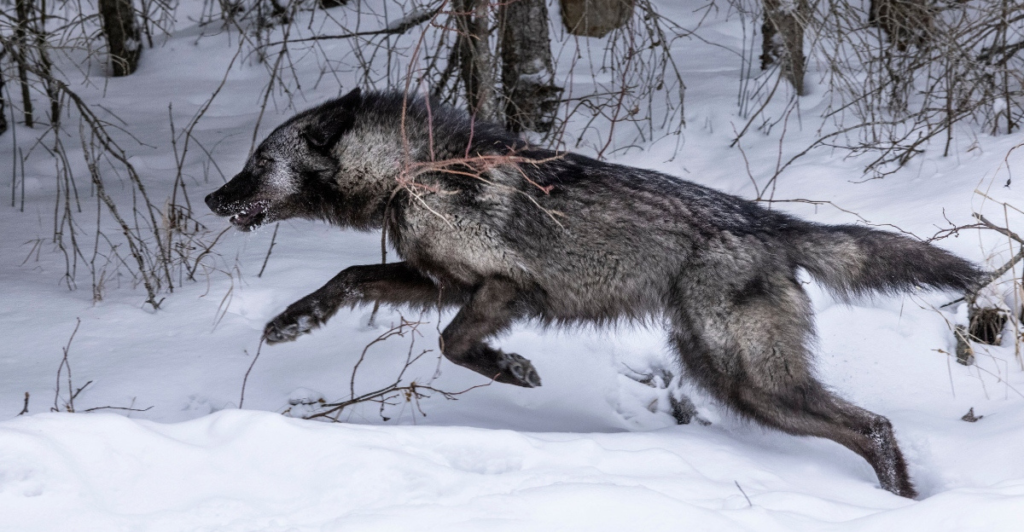
Wolves in the United States have had a long and tumultuous conservation history. Recent reintroduction efforts have ensured that the species has a leg to stand on, but a recent conflict with livestock shows just how hard it is to balance human and agricultural interests. The conservation of this crucial species needs to be prioritized, but in cases of conflict in states without protection, it normally results in casualties. Wolves have an important role to play in their environment and can’t be irradicated like in the past.
The Incident
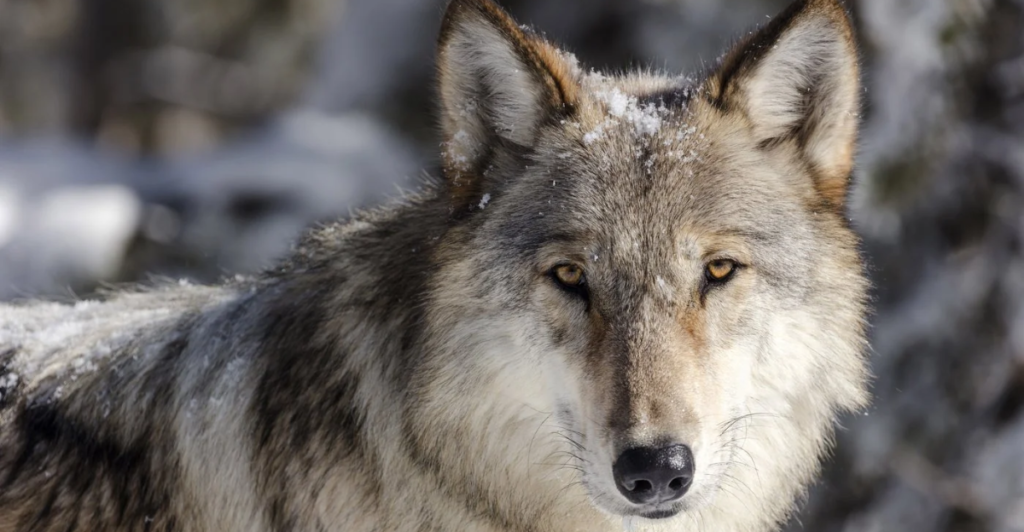
A male grey wolf who had a tracking collar was part of 15 other wolves that were reintroduced into Colorado from British Columbia as part of a conservation effort to reintroduce the population into the region. In March, the male wolf, labeled 2505-BC, met its demise after evidence linked it to five livestock that were killed.
Evidence Of Conflict
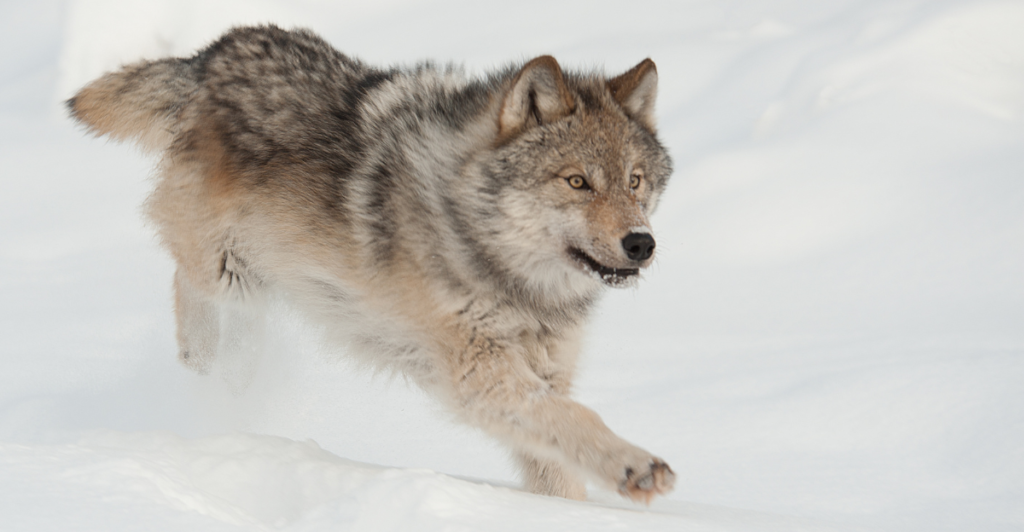
The evidence of the wolf’s killing of livestock includes bite marks, wolf tracks, and struggle sites. This was enough evidence to conclude that the wolf had killed the livestock, and its lethal removal was approved and conducted by the U.S. Department of Agriculture’s Wildlife Services.
The Reintroduction Program
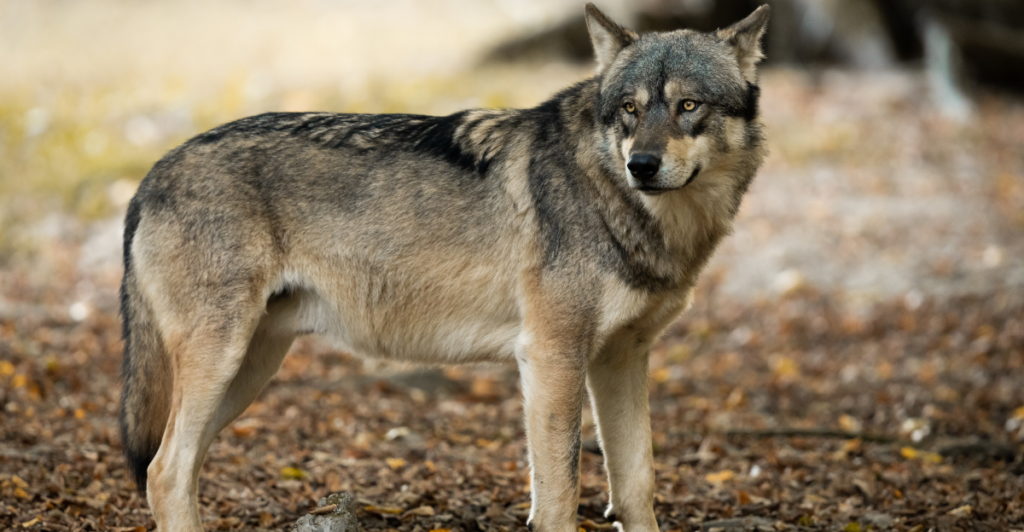
In 2020, a wolf reintroduction program was narrowly approved, its goal was to repopulate the state with the keystone species that help balance ecosystems. Although there are state protections, wolves that cross over the border to Wyoming lose their Endangered Species Act shield, which only further complicates the conservation effort.
Wyoming’s Policy
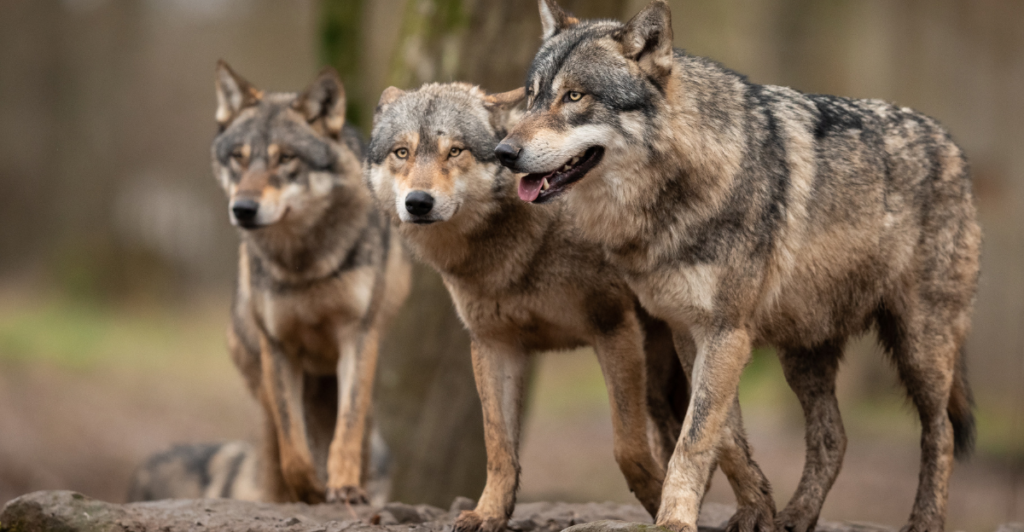
Unlike Colorado, Wyoming sees wolves as predatory animals in most regions. This means that there is no legislation against their killing, and the species aren’t protected. This is in contrast to many other states, including Colorado, which makes their management difficult when wolves cross into new territory.
Conservation Challenges
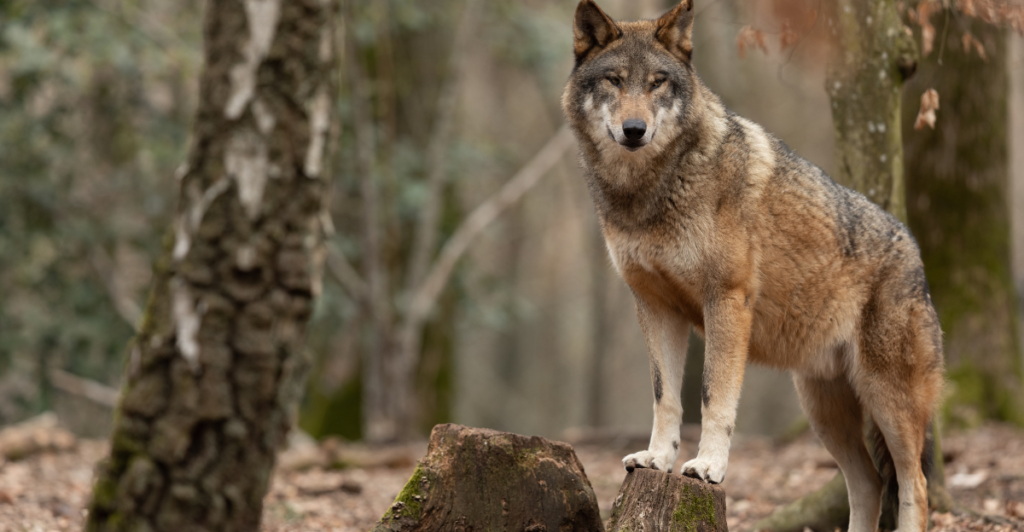
Wolf conservation faces numerous challenges, including concerns from ranchers, who, in some cases, are justifiably worried about the safety of their livestock. The species’ conservation must be balanced with agricultural priorities, meaning that solutions to these conflicts can be complex, especially when they cross state lines.
Nonlethal Solutions
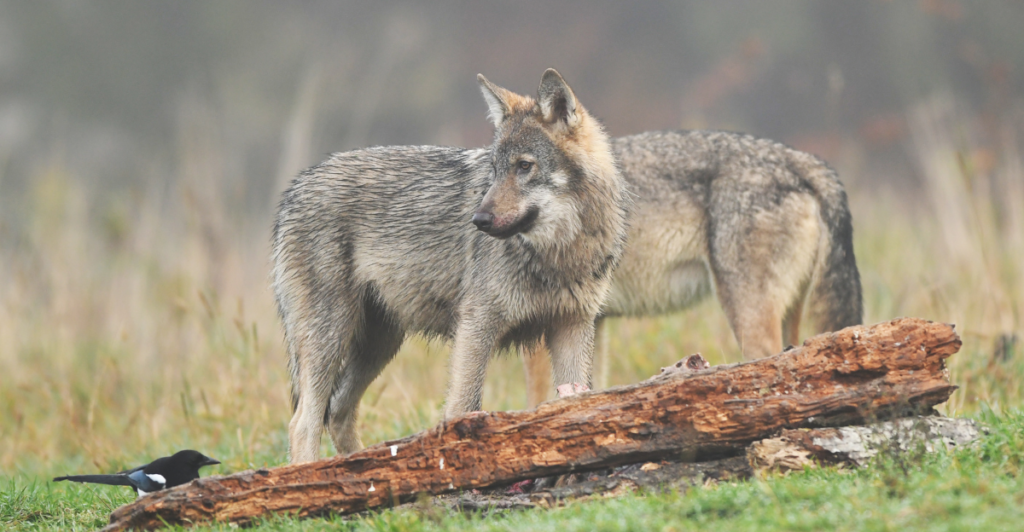
Wolf predation on livestock can be prevented through nonlethal methods, including livestock dogs that protect the herd, fladry fencing to keep the wolves out, and compensation programs for any losses incurred as a result of a wolf. These methods can encourage a good balance between human interests and wolf conservation strategies.
State Protection
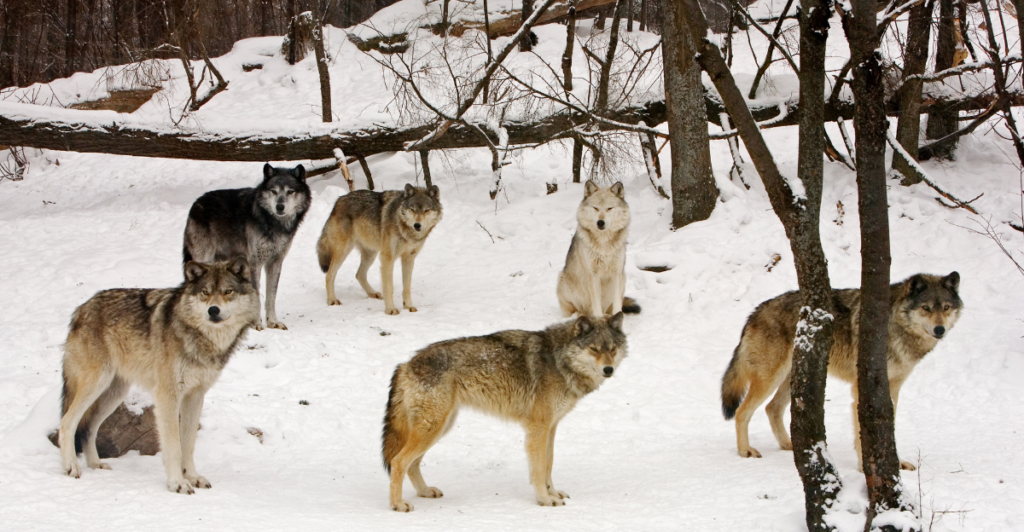
Wolves are protected from unjust killings like hunting or harassment in many states, including Colorado. However, Wyoming’s policies have no protections whatsoever, meaning lethal actions are completely justified in almost all circumstances. This highlights a difference in policies between states and their attitude towards the wolf population.
Justifiable Lethal Force?
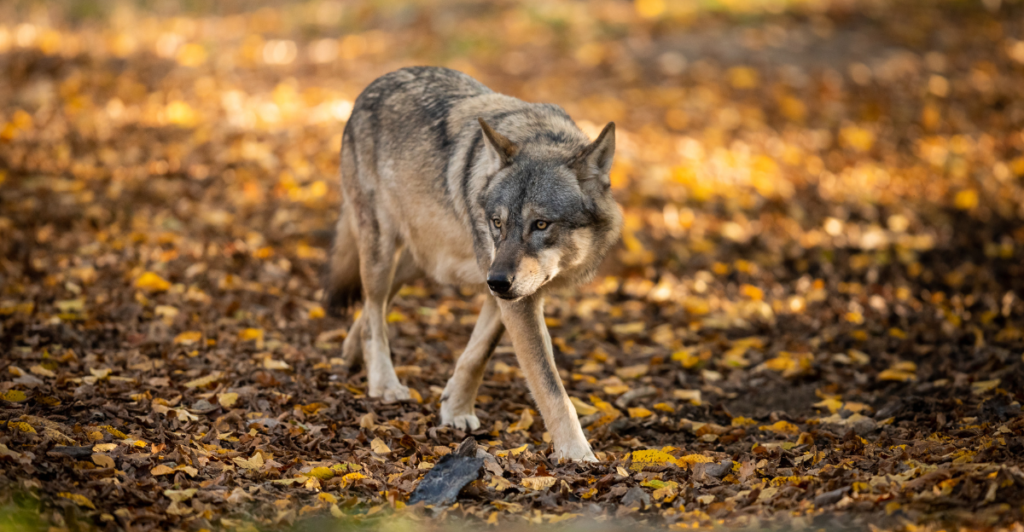
Although, in many cases, the killing of wolves would be unjustified, the rancher whose livestock was targeted is vital for their livelihood, and lethal force may have been necessary to prevent further loss of their sheep. Whether or not the killing was justified, wolves play an important role in their ecosystems, and their killing disrupts conservation efforts. Wolves regulate prey populations and ensure that they don’t run rampant.
Conservation Status
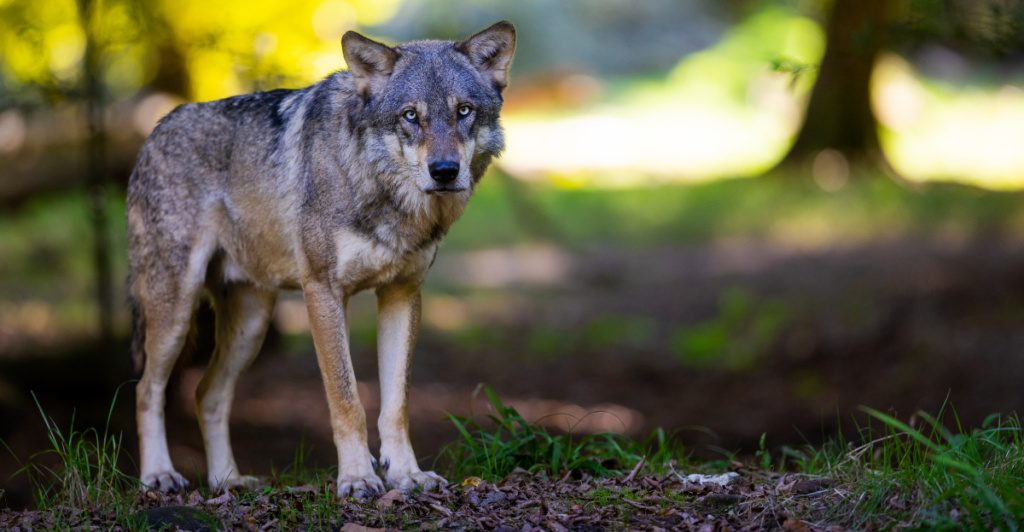
Wolves across 47 of the 50 U.S. states are protected under the Endangered Species Act. Wyoming, Montana, and Idaho are an exception and manage their wolf populations independently, meaning that legislations are usually much more lenient when it comes to wolves being harmed or killed. This can complicate conservation efforts as wolves cross borders without understanding the nature of what they are doing.
Conservation Versus Agriculture
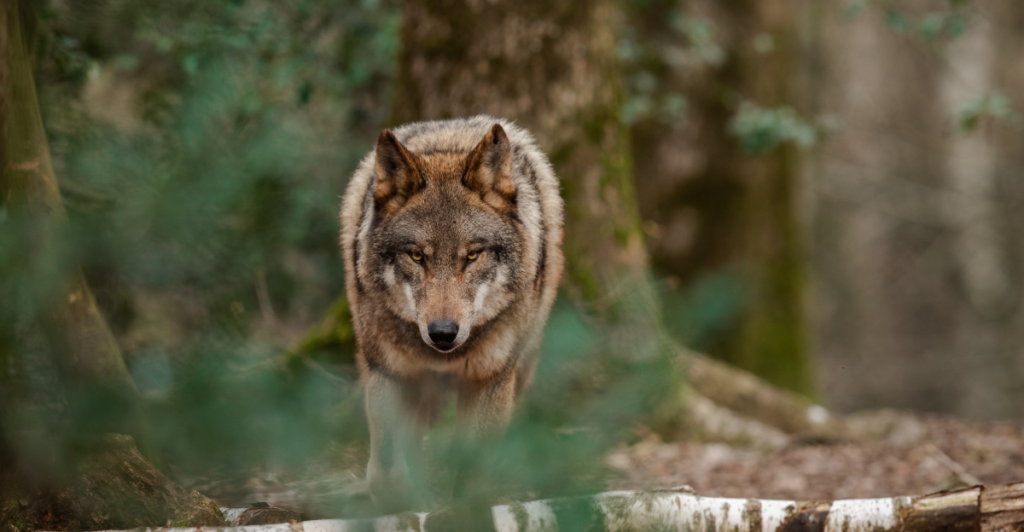
With the death of a wolf in 2505 BC, conservation efforts in the face of human-wolf conflicts only grow more tense. Nonlethal methods are a way to reduce these conflicts without harming the species and are important for the long-term recovery of the population. Coexistence must be achieved in order to solve these complex issues permanently.
Explore more of our trending stories and hit Follow to keep them coming to your feed!

Don’t miss out on more stories like this! Hit the Follow button at the top of this article to stay updated with the latest news. Share your thoughts in the comments—we’d love to hear from you!







